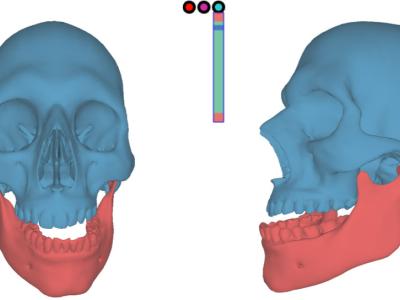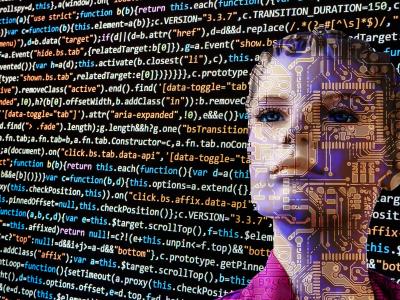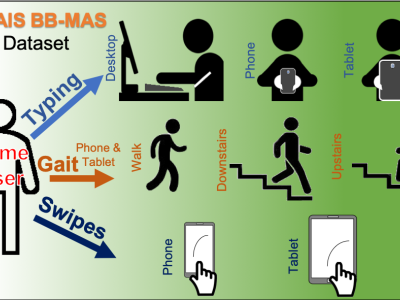Jaw Motion and Jaw Kinematics Model

- Citation Author(s):
- Submitted by:
- Wenwu Yang
- Last updated:
- DOI:
- 10.21227/H2JT1Z
- Data Format:
 493 views
493 views
- Categories:
- Keywords:
Abstract
We recorded and extracted 833 jaw poses of a real person from 3-calibrated cameras. Each jaw pose corresponds to a rigid motion (rotation and translation) and is mapped to the Lie algebra of rigid motion, i.e., se(3). In the file "JawPose.txt", each row stores a jaw pose, corresponding to a 6-dimension vector in se(3), the first three is the rotation component, while the last three is the translation component.
From these jaw poses, we trained a 3-parameter jaw kinematics model. The first parameter is used to control the mouth opening, the second for the lateral excursions, and the third for the pro/re-trusion. The model consists of three NLPCA (Nonlinear PCA) networks, which are stored in "net_open.mat", "net_lateral.net", and "net_protrusion.net", respectively. A publicly available Matlab implementation of NLPCA can be downloaded from: http://www.nlpca.org/.
Given a set of parameters (d1, d2, d3), the model will output a realistic jaw pose which is represented using a 6-dimension vector in se(3).
Instructions:
The model consists of three NLPCA (Nonlinear PCA) networks, which are stored in "net_open.mat", "net_lateral.net", and "net_protrusion.net", respectively. A publicly available Matlab implementation of NLPCA can be downloaded from: http://www.nlpca.org/.
Given a set of parameters (d1, d2, d3), the model will output a realistic jaw pose which is represented using a 6-dimension vector in se(3).





